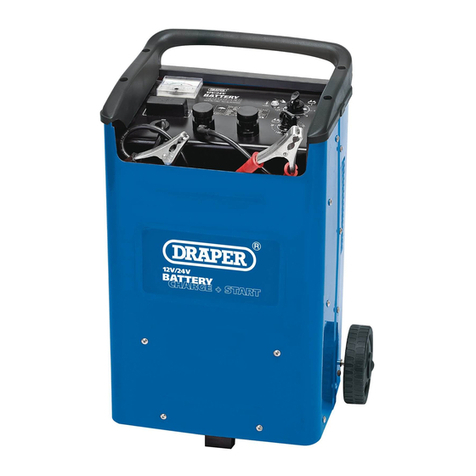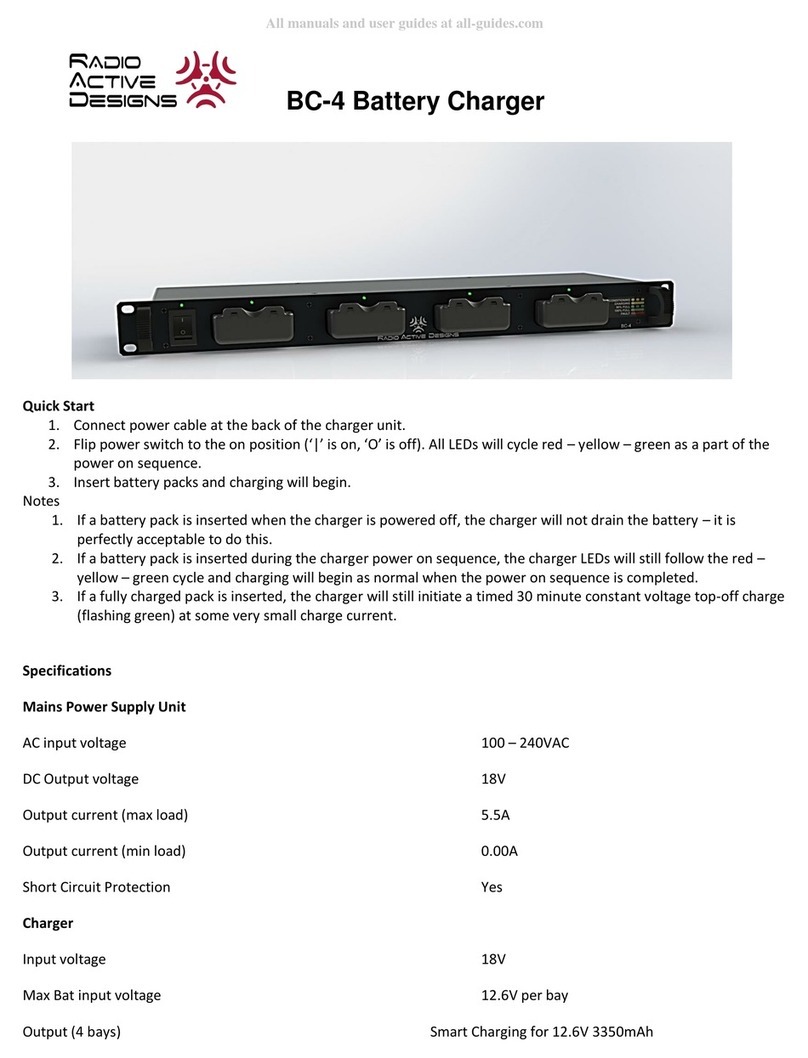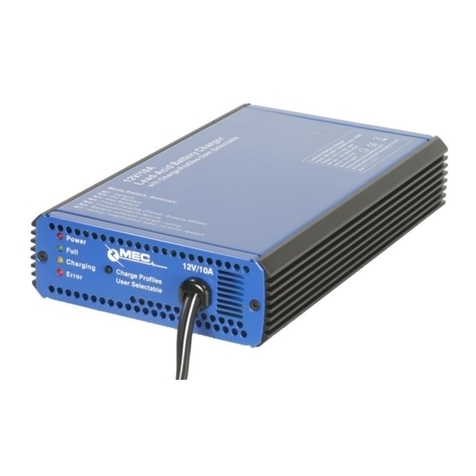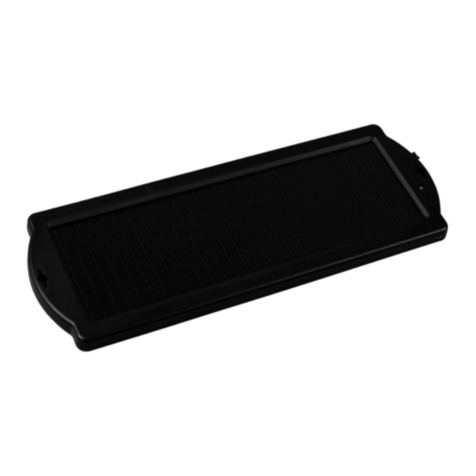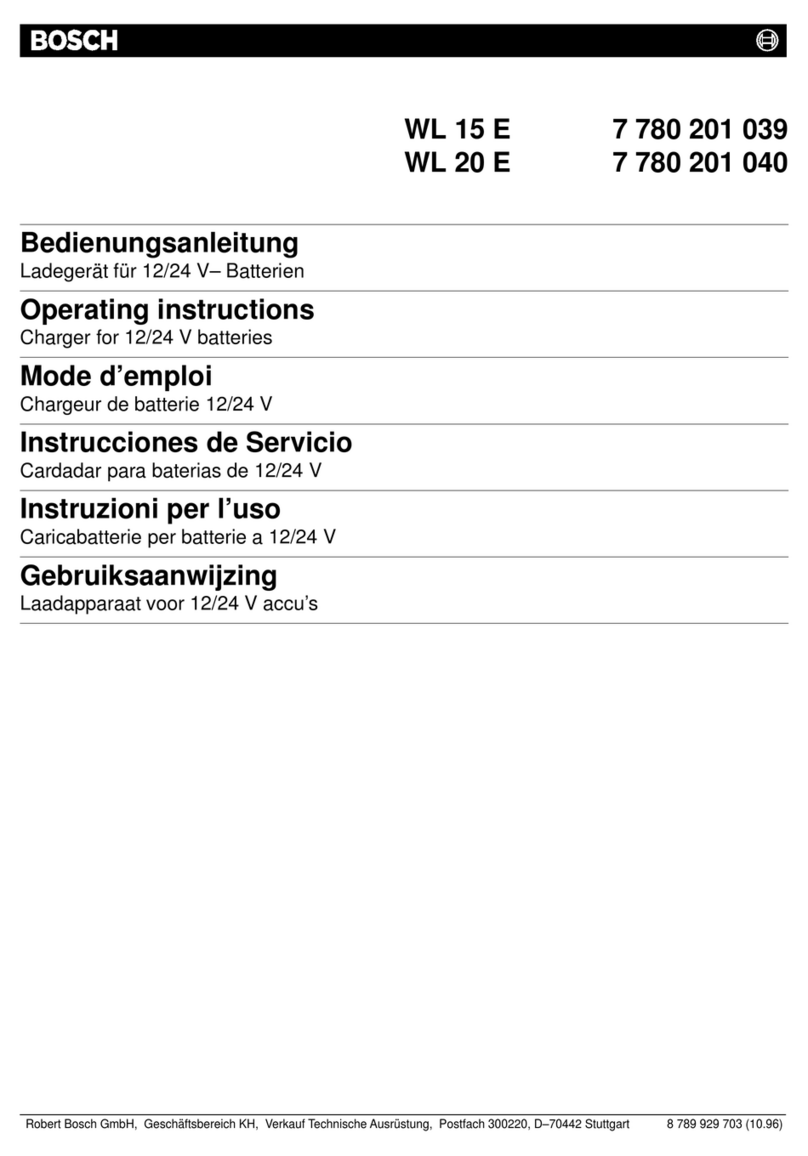Delta AC MAX User manual




















Other manuals for AC MAX
3
Table of contents
Other Delta Batteries Charger manuals
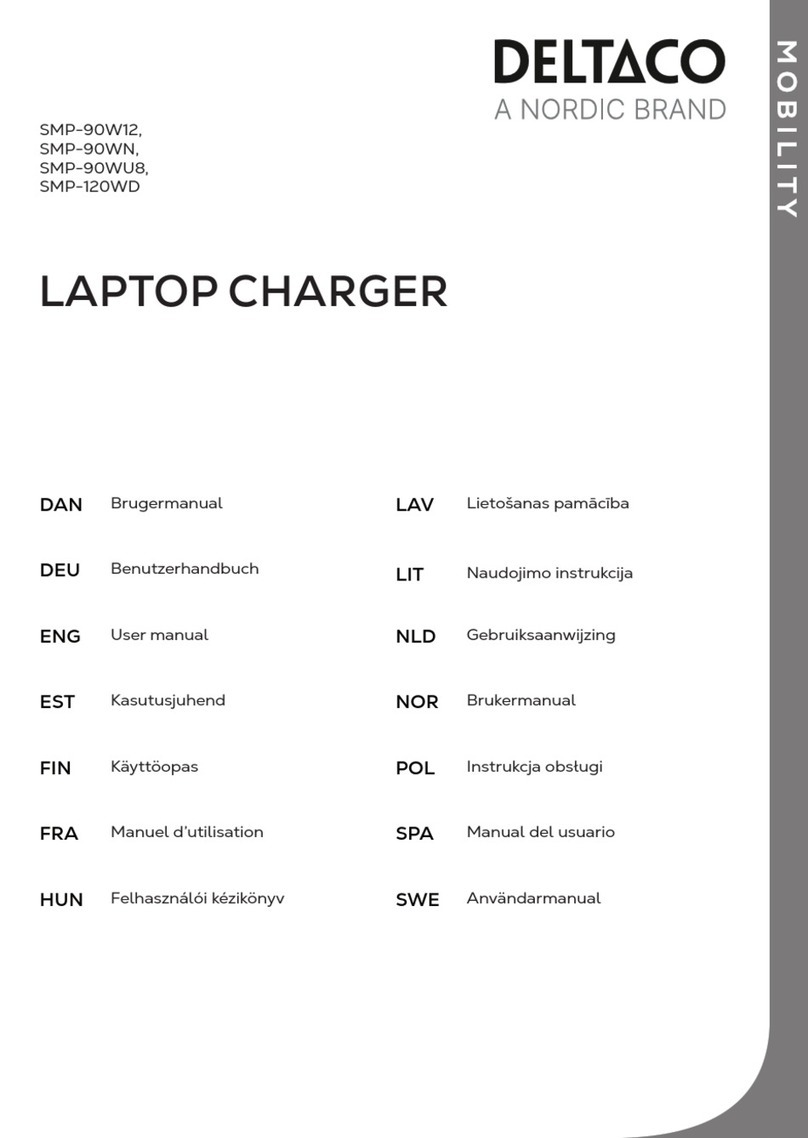
Delta
Delta SMP-90W12 User manual

Delta
Delta AC MAX User manual
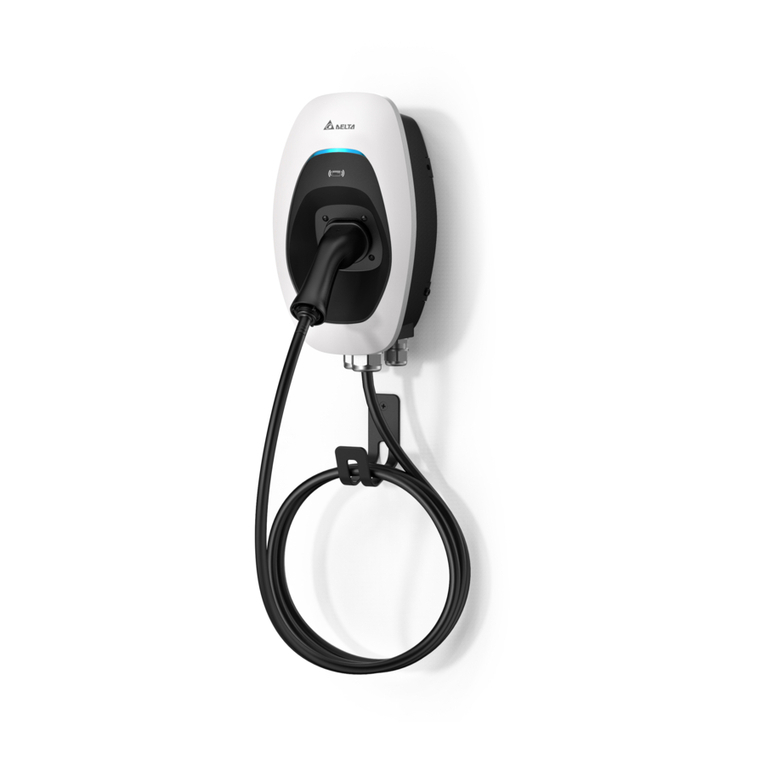
Delta
Delta AC MAX User manual

Delta
Delta QI-1028 User manual
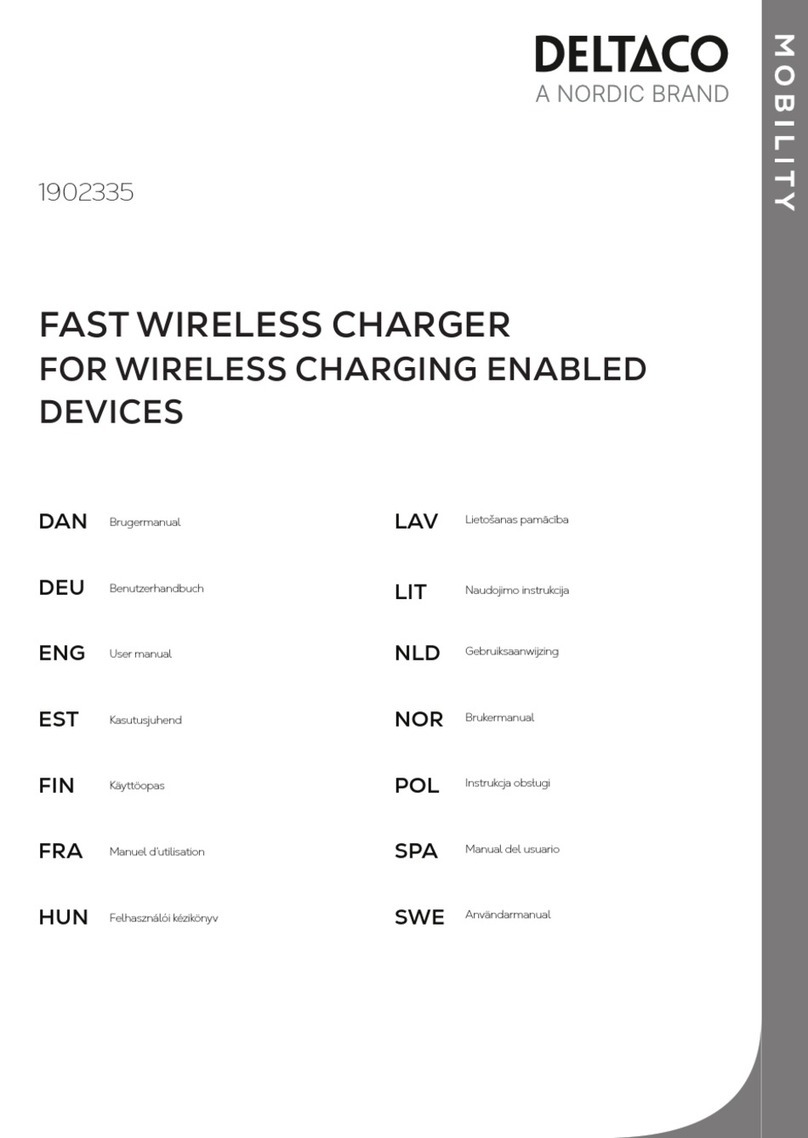
Delta
Delta 1902335 User manual
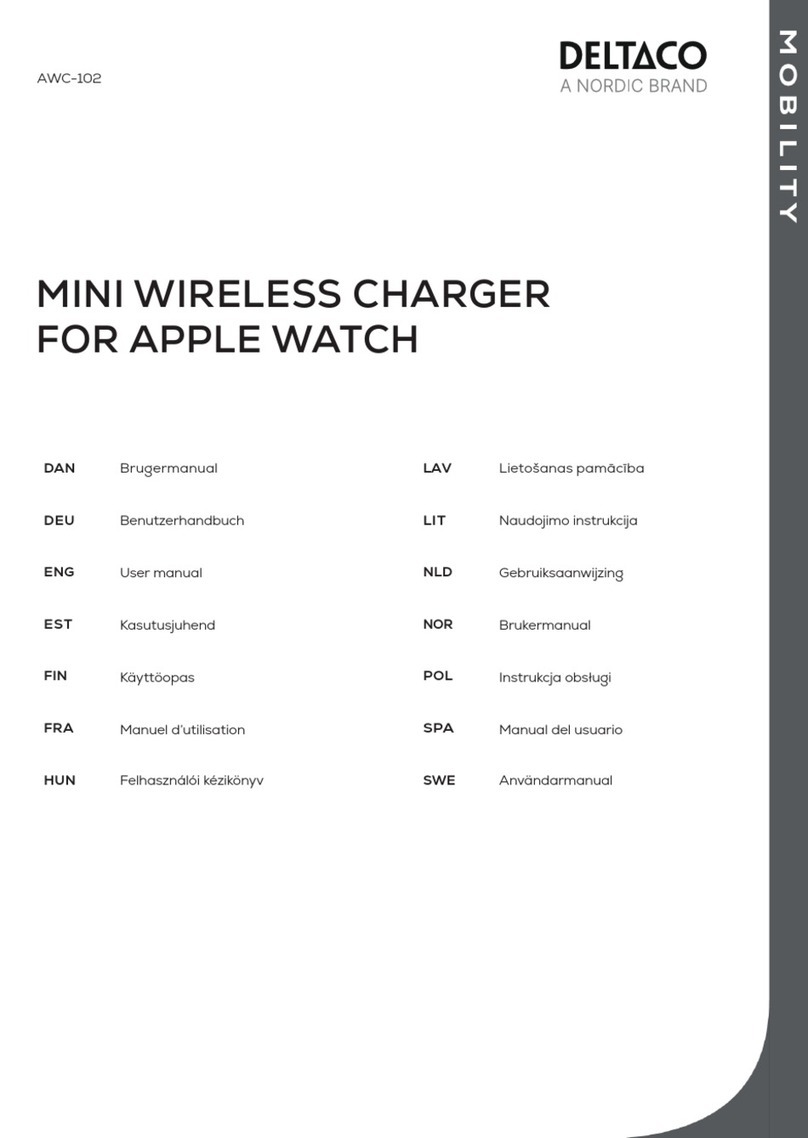
Delta
Delta AWC-102 User manual
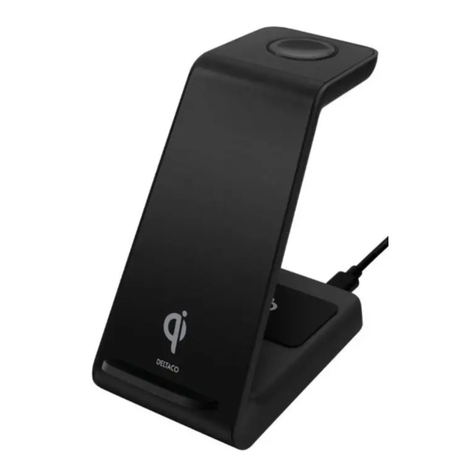
Delta
Delta QI-1037 User manual

Delta
Delta QI-1038 User manual
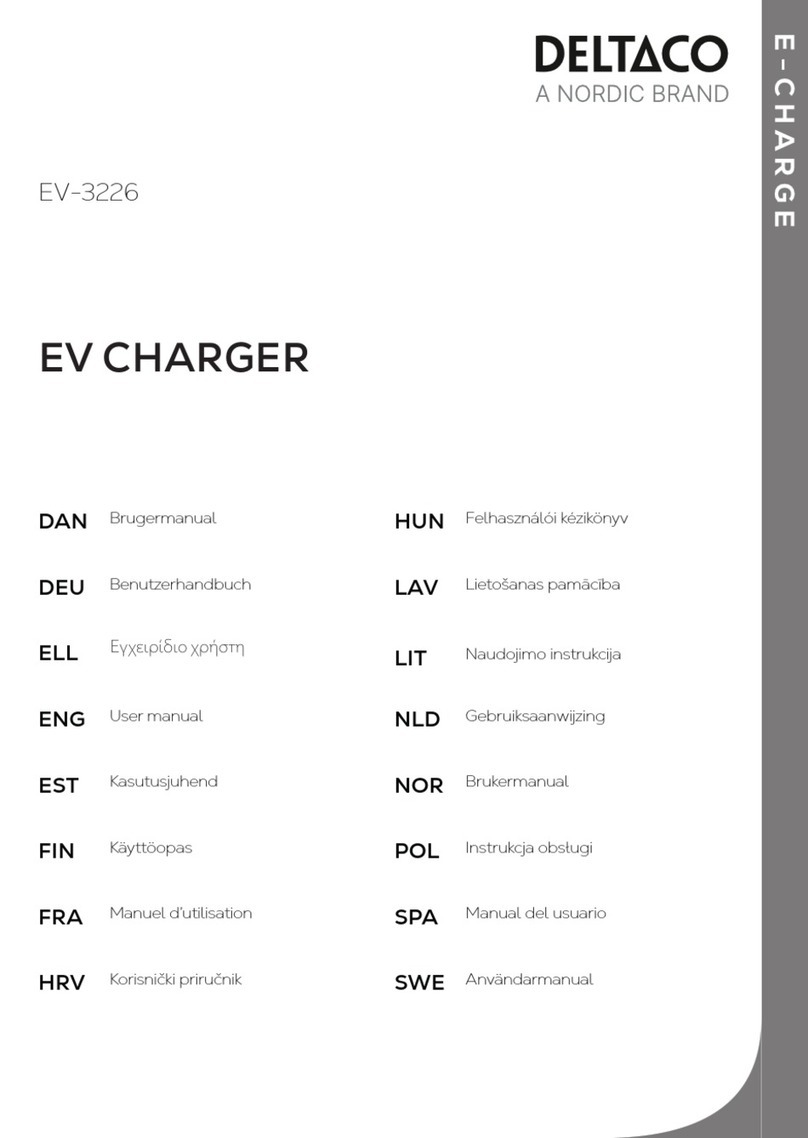
Delta
Delta EV-3226 User manual
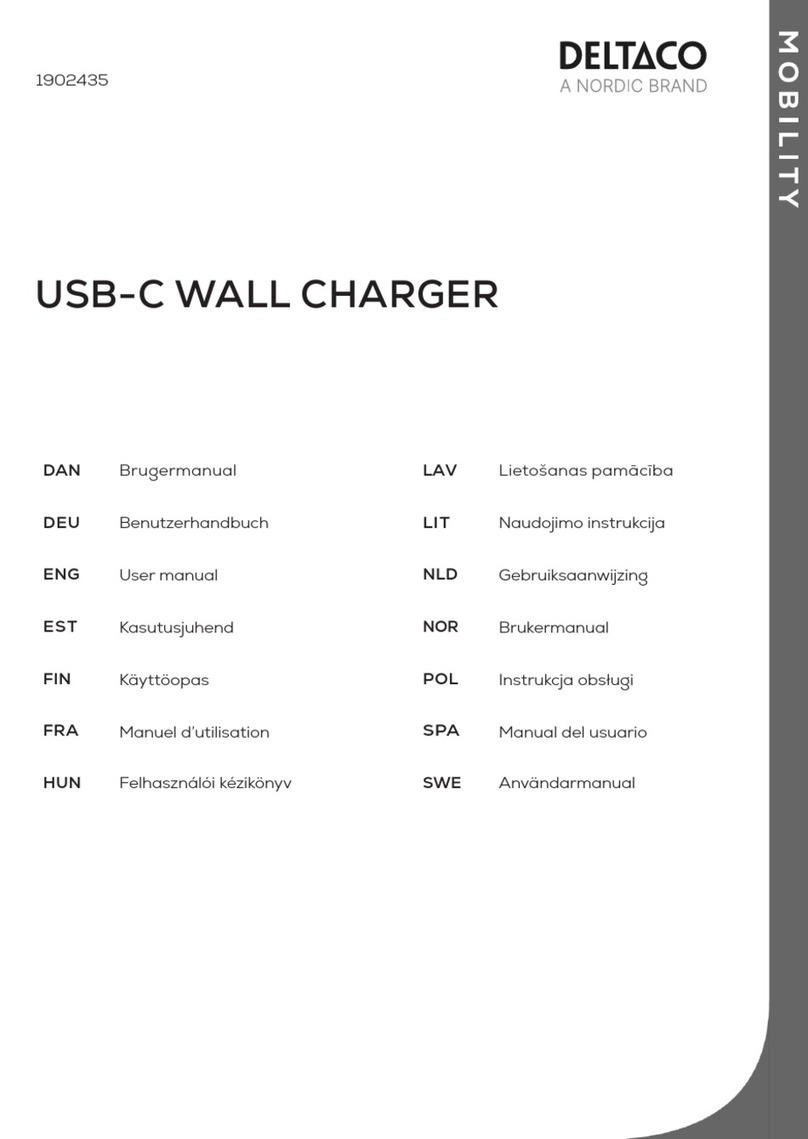
Delta
Delta 1902435 User manual
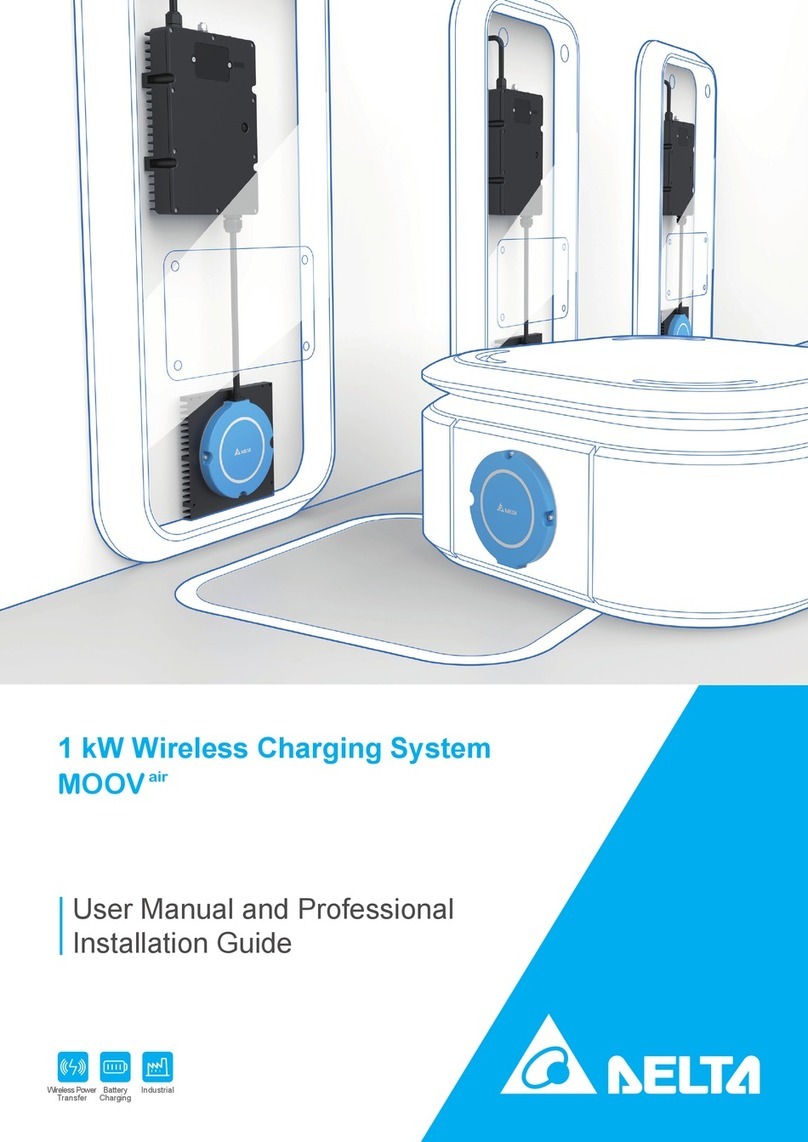
Delta
Delta MOOVair User manual
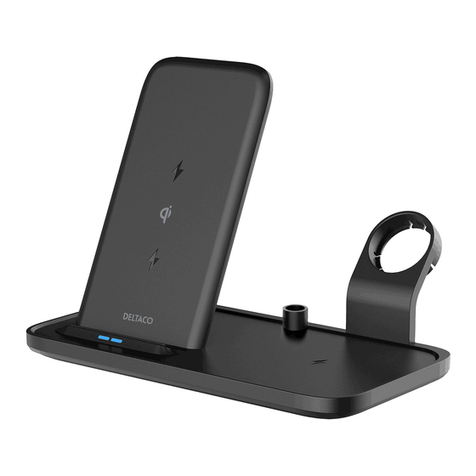
Delta
Delta QI-1036 User manual
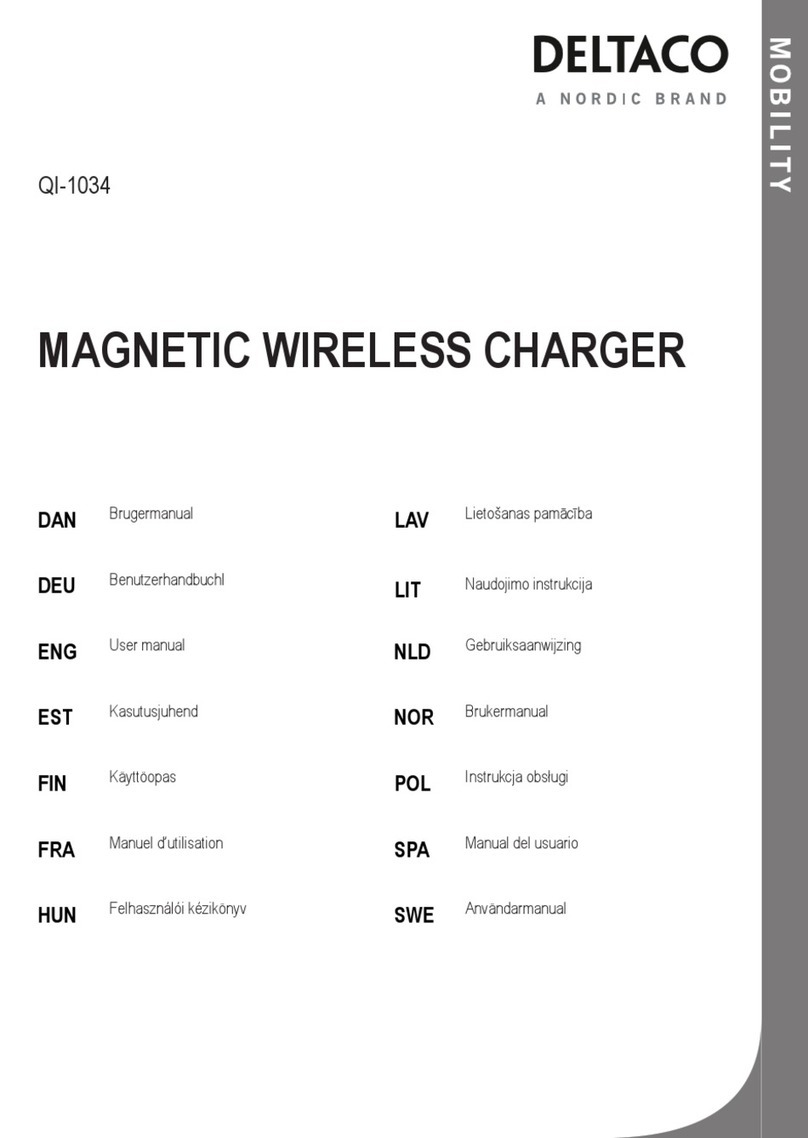
Delta
Delta QI-1034 User manual

Delta
Delta 1902275 User manual
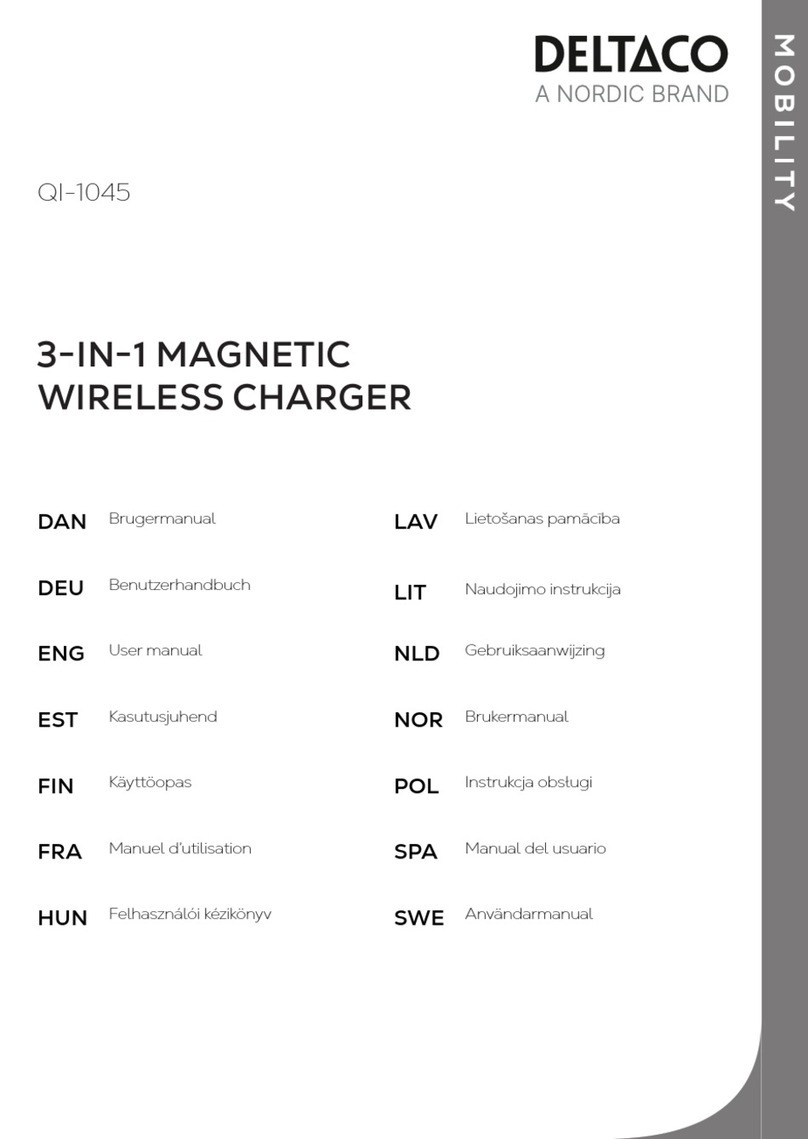
Delta
Delta QI-1045 User manual
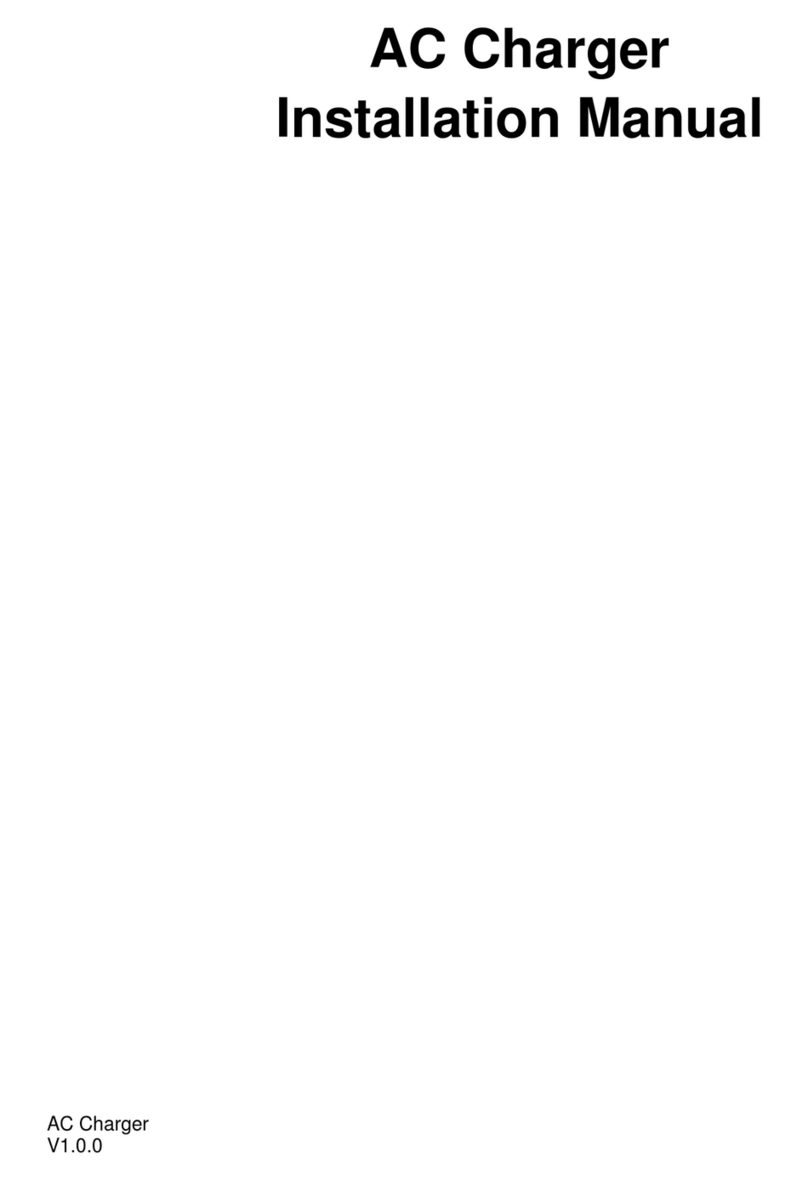
Delta
Delta AC Wallbox User manual

Delta
Delta DC Wallbox Stand User manual

Delta
Delta AC MAX User manual
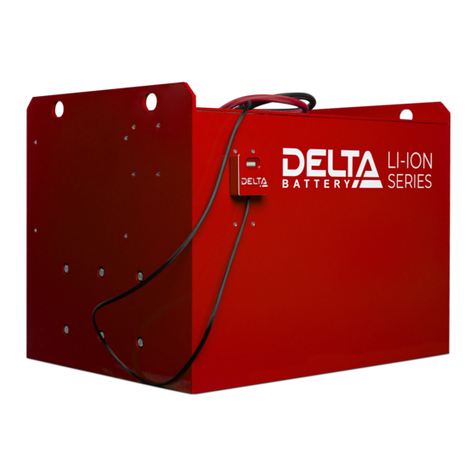
Delta
Delta LI-ION Series User manual
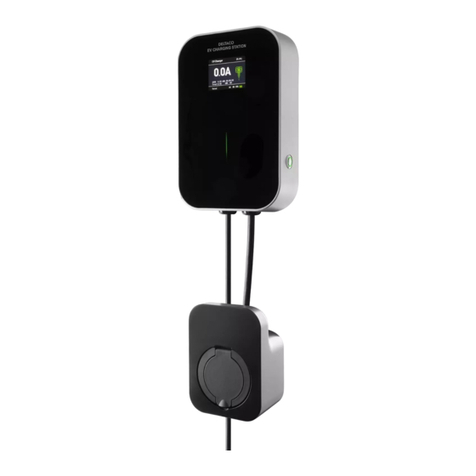
Delta
Delta EV-4120 User manual
Popular Batteries Charger manuals by other brands
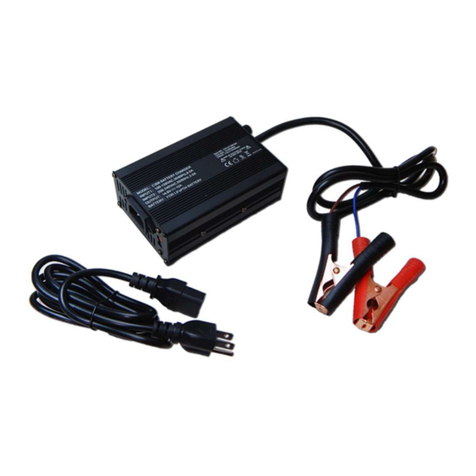
AA Portable Power Corp
AA Portable Power Corp CH-LF12810A Specification & Instruction
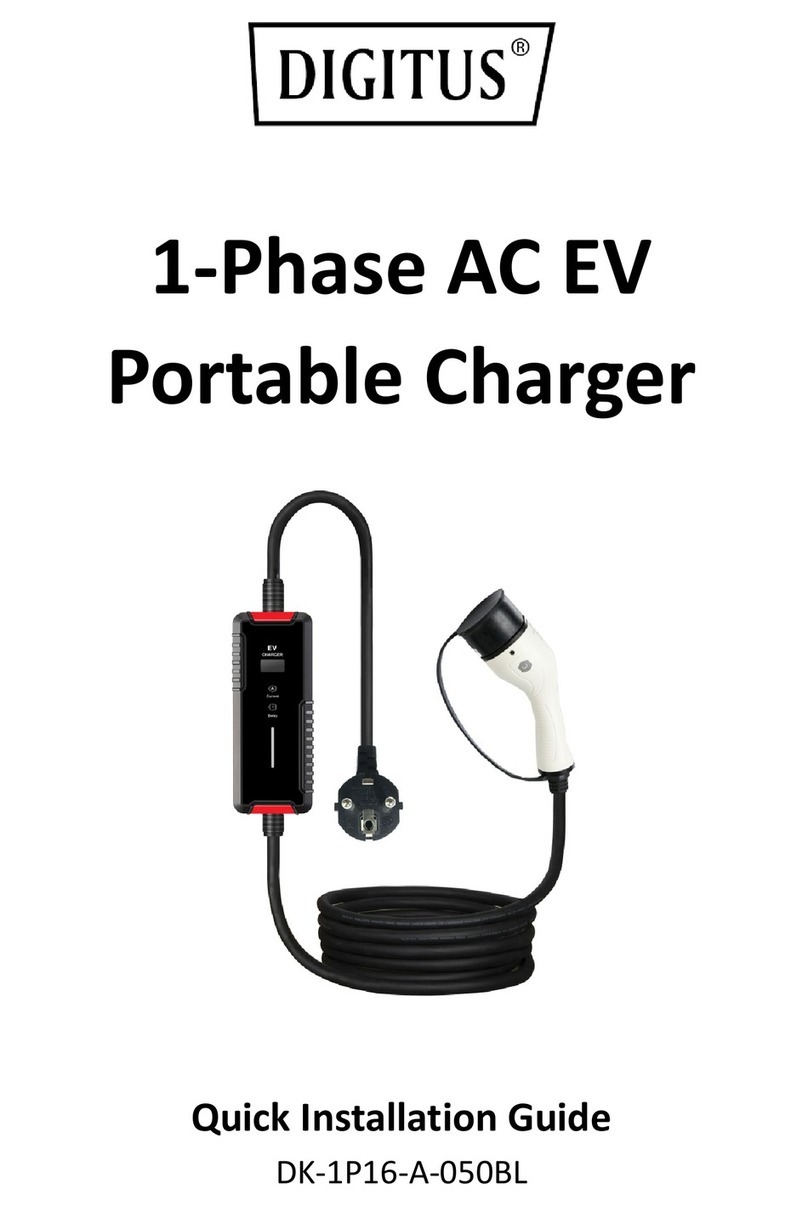
Digitus
Digitus DK-1P16-A-050BL Quick installation guide
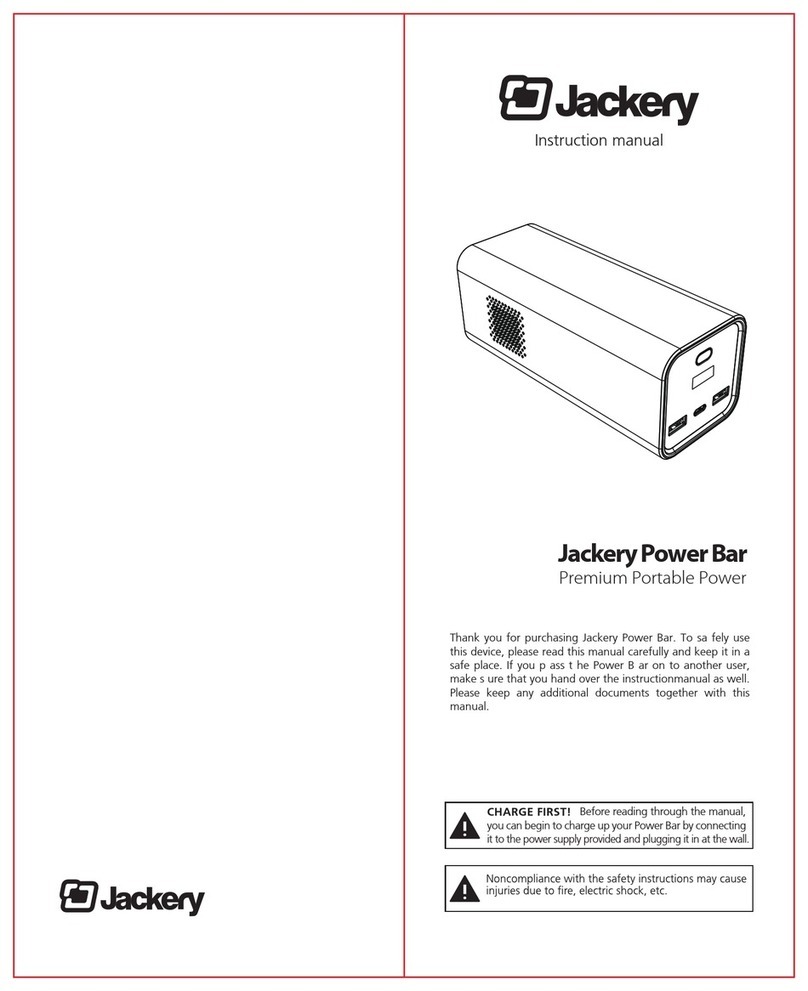
Jackery
Jackery Power Bar instruction manual

Medion
Medion AutoXS MD 19161 user manual
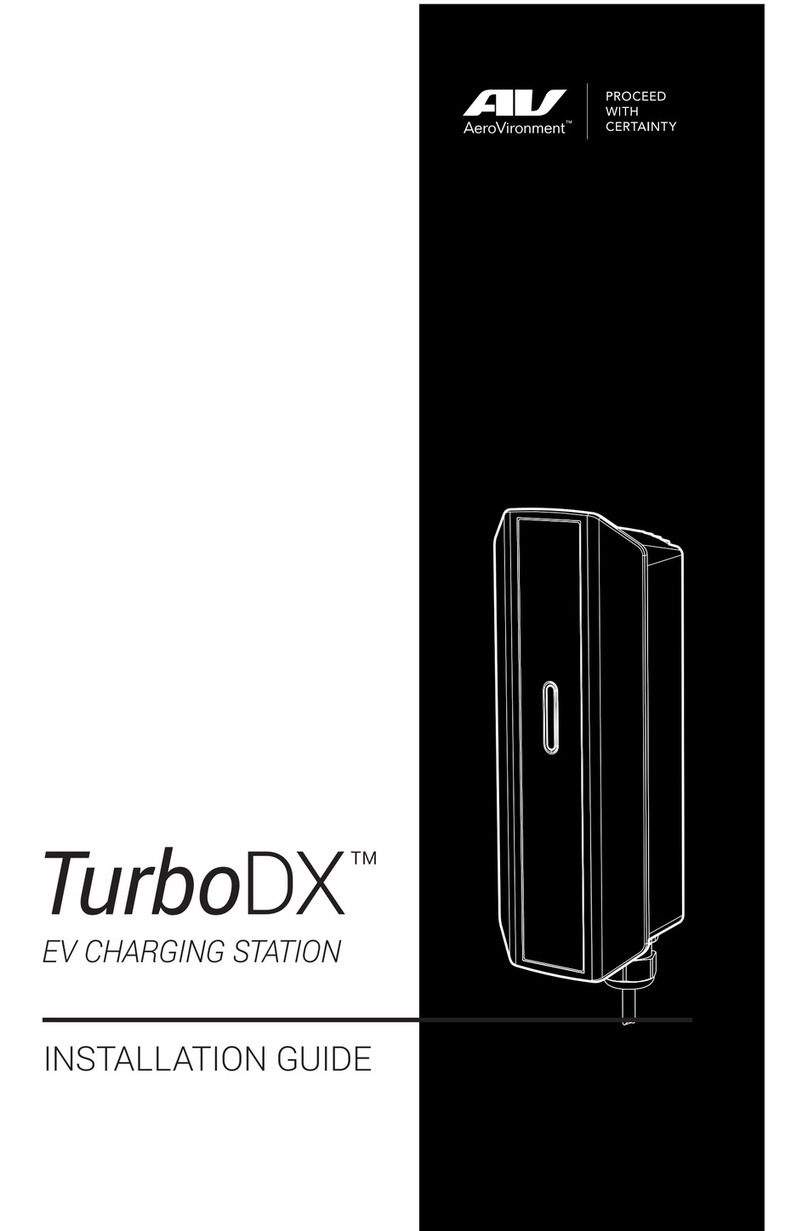
AeroVironment
AeroVironment TurboDX EVSE-DX installation guide
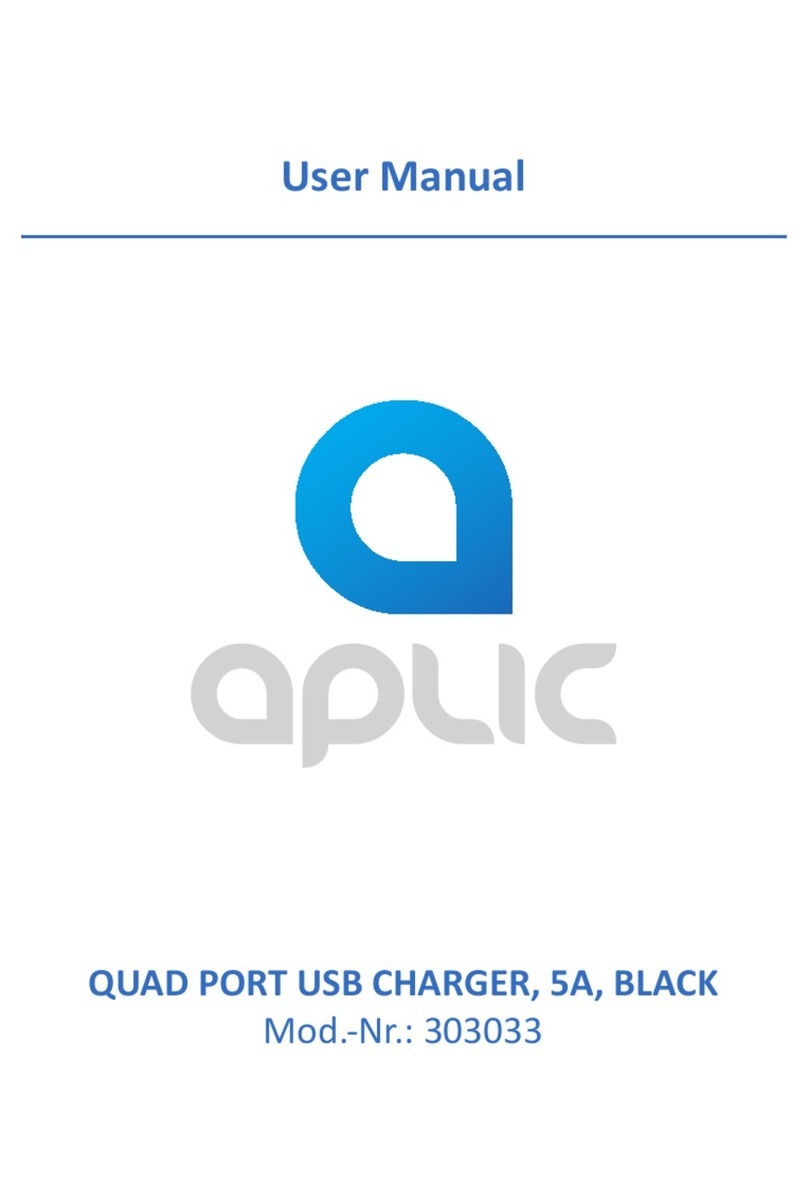
APLIC
APLIC 303033 user manual

Hama
Hama Twirl 2 operating instructions

Chicago Electric
Chicago Electric 93258 Assembly and operating instructions

Cristec
Cristec YPOWER 12V-12V/60A user manual
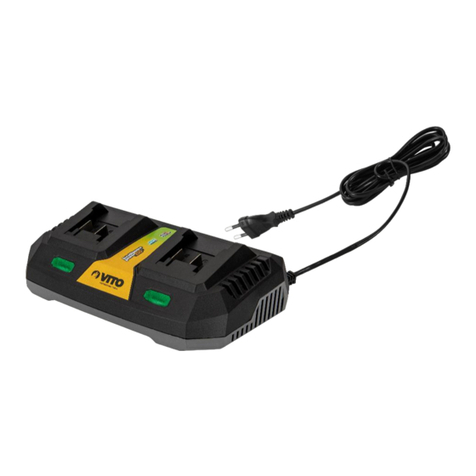
VITO
VITO PRO-POWER VIBCCDR20 instruction manual
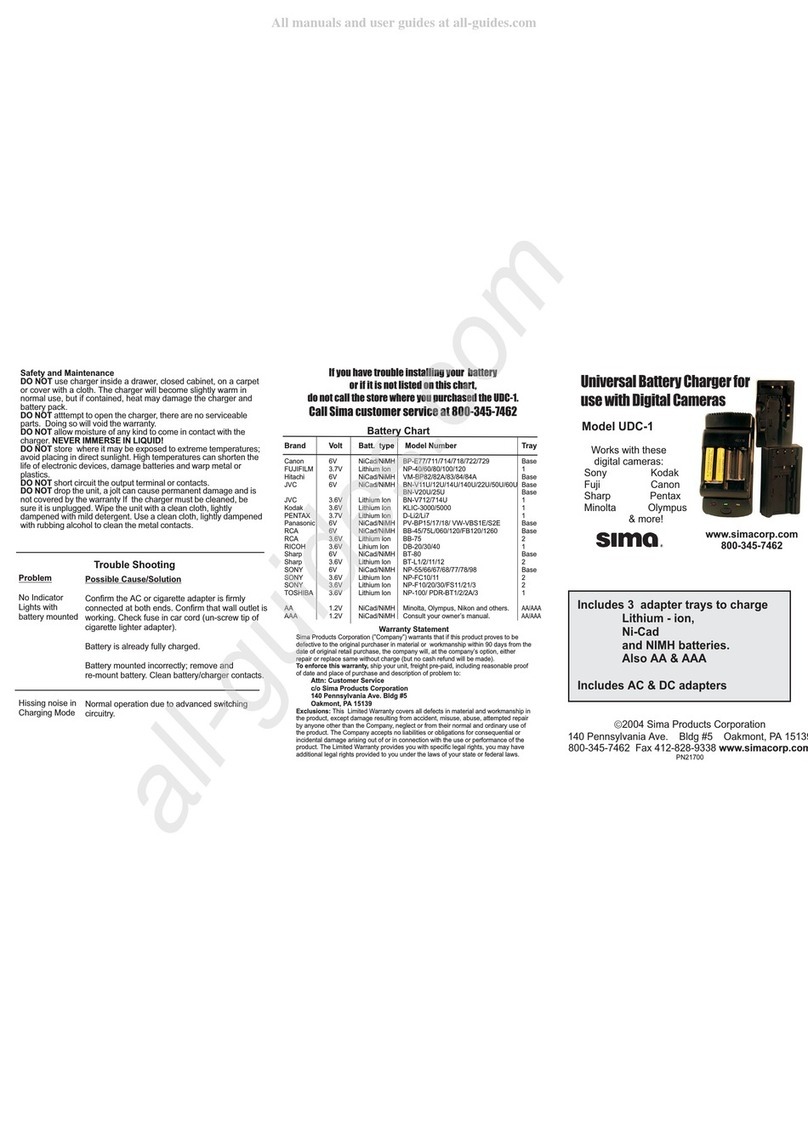
Sima
Sima UDC-1 quick start guide

ULTIMATE SPEED
ULTIMATE SPEED ULG 12 A2 Operation and safety notes translation of original operation manual
